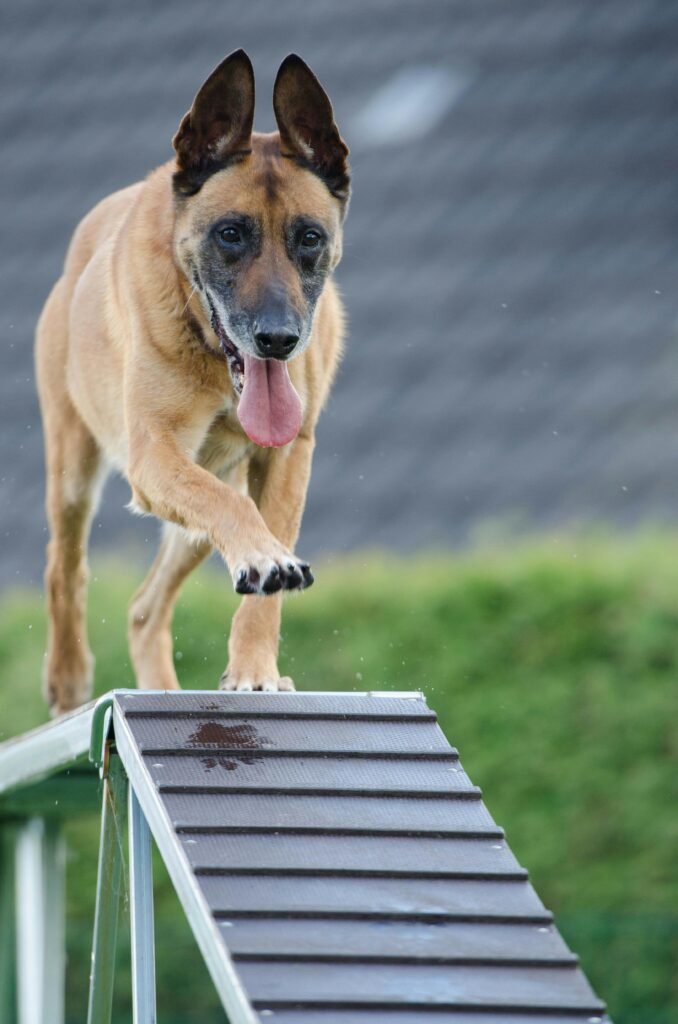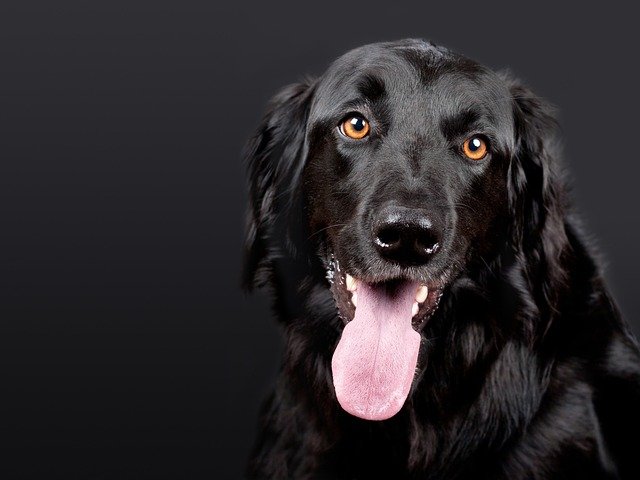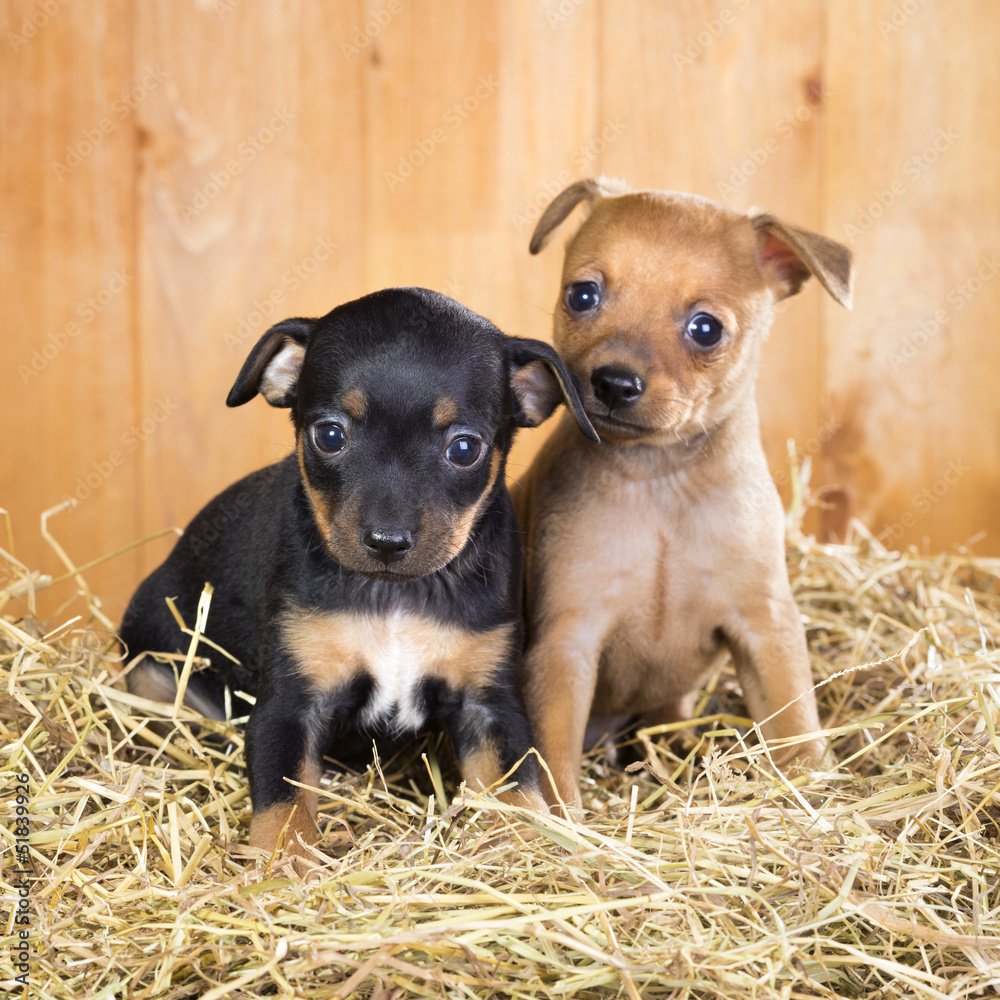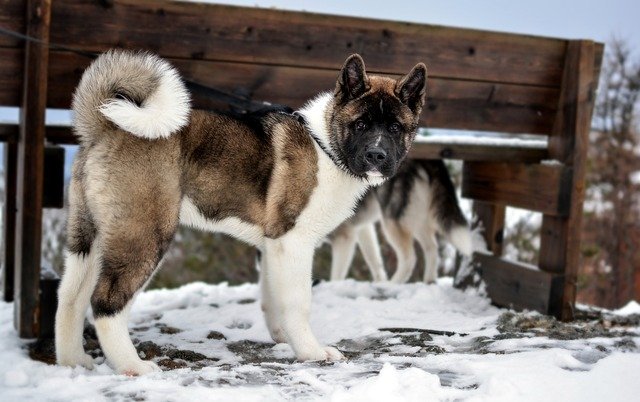During the warmer months, our hospitals witness a significant rise in heat exhaustion and related illnesses, especially with dogs being outdoors and active. Vigilance is essential since heat exhaustion can escalate rapidly with minimal warning, potentially progressing to heat stroke and causing severe harm. Familiarize yourself with the signs and symptoms of heat exhaustion to promptly intervene and safeguard your pet’s well-being. This awareness could be pivotal in saving your pet’s life.
What is Heat Exhaustion in Dog?
Heat exhaustion in dog represents the moderate effects of overheating, falling in the spectrum of heat-related conditions. Typically, there are three stages: heat stress, followed by heat exhaustion, and finally, the most severe, heat stroke.
Several factors can contribute to a dog overheating, often involving a combination of a hot environment and vigorous exercise or underlying physical issues hindering proper cooling. Signs of overheating vary among dogs, but there are common indicators to watch for. It’s prudent to prioritize prevention, ensuring your dog doesn’t become excessively hot to avoid potential health complications

What are the Sign & Symptoms of Heat Exhaustion in Dog?
.According to the Vets watch for signs such as:
- Excessive panting or difficulty breathing
- Increased heart and respiratory rate
- Vomiting
- Bloody diarrhea
- Drooling
- Mild weakness
- Stupor or collapsing
When dogs start getting too hot, they pant heavily, even after finding a cooler spot. They might seem restless or lie down frequently during walks or runs in the heat. Some might drink water a lot, ignoring your cues.
If they keep overheating, things can get worse. They might have trouble breathing, drool, vomit, have diarrhea, or collapse. If they don’t cool down and get help, they could have heat stroke. That’s when things get really serious. They might get confused, have seizures, or even slip into a coma. Their organs, like kidneys and liver, could get hurt, and they might have problems with their digestion or blood clotting. In the worst cases, they could die.

How do Vets Diagnose Heat Exhaustion in Dog?
Diagnosing heat exhaustion in dog problems usually involves looking at what happened before, like being outside on a hot day or doing lots of exercise. We also check the dog’s body temperature and look for other signs. A dog’s normal temperature is between 100 to 102.5 degrees Fahrenheit. If it goes much higher than that, may show signs of heat exhaustion in dog, but it varies for each dog.
Usually, signs of heat exhaustion show up when a dog’s temperature goes above 105 degrees Fahrenheit. The worst signs of heat stroke happen when the temperature hits 109F or higher, but it can happen at lower temperatures too. Depending on how bad the signs are, we might do blood tests or imaging like ultrasounds or X-rays to see if there’s any damage to their liver, kidneys, or if they’re having bleeding problems.
What is the best Treatment for Heat Exhaustion in Dog?
If you notice your dog is overheating, it’s crucial to move them to a cool spot immediately. Make sure it’s cool, not cold—avoid using ice.
Use towels soaked in cool, but not icy, water to wet your dog’s body down, and keep their head up to prevent water from going into their nose or mouth . Repeat this until their temperature drops to 103 degrees. Avoid using ice baths or packs, as they can make blood vessels narrow, slowing down heat loss.
Vet suggests offering your dog cool water to drink, but not too much to avoid vomiting. It’s best to avoid giving them aspirin or other human medications unless your vet says so.
Calling your vet or an emergency animal clinic for further advice, especially on checking for signs of shock, and then taking your dog there for help. Even if your dog seems better, they should still be checked for any internal damage, treated for lost fluids, and monitored for complications.

How to Prevent Heat Exhaustion in Dog?
To keep your dog safe during hot, humid days, Vet recommends these tips:
- Avoid the hottest times: Plan walks and playtime for early mornings or late evenings when it’s cooler, or stay indoors. If your dog goes outside, keep outdoor time short and watch for signs of overheating.
- Take shade breaks: Make sure your dog stays hydrated, as panting can lead to dehydration. To make it easier on the go, bring a collapsible water bowl that you can easily carry.
- Opt for cooler activities: Instead of walks, let your dog cool off in a pet pool or run through a sprinkler. Indoors, find fun activities to do together for exercise. By following these steps you may control heat exhaustion in dog.
- Never leave in a hot car: Even with windows cracked, temperatures inside a car can quickly rise to dangerous levels. When driving with your dog, ensure they have airflow from an open window or AC vent to keep cool.



